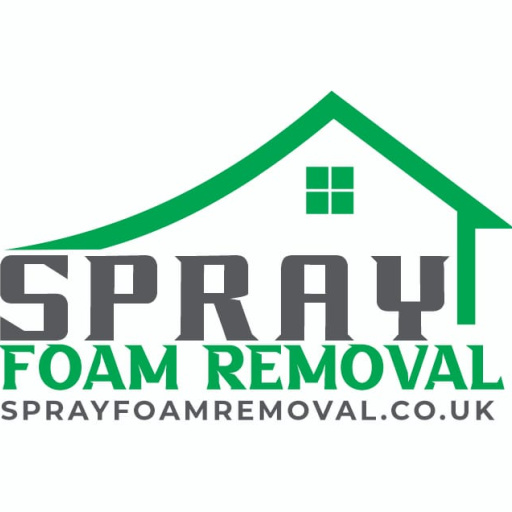Spray foam insulation is an effective way to enhance energy efficiency in homes and commercial buildings. However, there are times when its removal becomes necessary — whether due to improper installation, structural repairs, or mortgage approval requirements. Removing spray foam insulation is a complex process that requires expertise, the right tools, and safety precautions. Below are the essential steps to ensure a successful spray foam removal.
1. Assess the Area
Before starting the removal process, conduct a thorough assessment of the affected area. Identify the type of spray foam used — open-cell or closed-cell — as removal techniques may vary. Determine the extent of insulation coverage and check for any underlying damage to the structure.
2. Gather the Right Tools and Safety Gear
Spray foam insulation can be difficult to remove without the proper tools. Essential equipment includes:
- Protective gloves and goggles
- Respirator mask for dust and chemical fumes
- Utility knives or oscillating multi-tools
- Industrial vacuum for dust collection
- Scrapers and wire brushes
- Heat guns (if necessary)
3. Start with Mechanical Removal
For large areas of spray foam, use mechanical tools such as saws or oscillating multi-tools to cut away the bulk of the insulation. Scrapers and wire brushes can be used to remove smaller sections. Take care not to damage the underlying surfaces, especially in attics and roofs.
4. Use Solvents for Stubborn Residue
Some residual foam may be difficult to scrape off. In such cases, chemical solvents designed for foam breakdown can be applied. Ensure proper ventilation when using solvents, and follow manufacturer instructions to avoid damage to surrounding materials.
5. Clean Up the Area
Once all spray foam has been removed, thoroughly clean the space. Use an industrial vacuum to eliminate dust and small particles. Inspect the surface for any remaining residue and apply additional cleaning methods if necessary.
6. Repair and Restore
After removal, check for structural damage or compromised insulation areas. If necessary, replace insulation with a suitable alternative and ensure proper sealing to maintain energy efficiency.
7. Consult a Professional
For large-scale or complex spray foam removal projects, hiring a professional service is often the best solution. Experts have the experience, tools, and knowledge to handle the process safely and efficiently, ensuring compliance with building regulations.
Conclusion
Successful spray foam insulation removal requires careful planning, the right tools, and attention to safety. By following these essential steps, you can effectively remove unwanted spray foam while minimizing damage to your property. Whether you opt for a DIY approach or professional assistance, proper removal ensures a clean and well-maintained space for future insulation solutions.





Comments